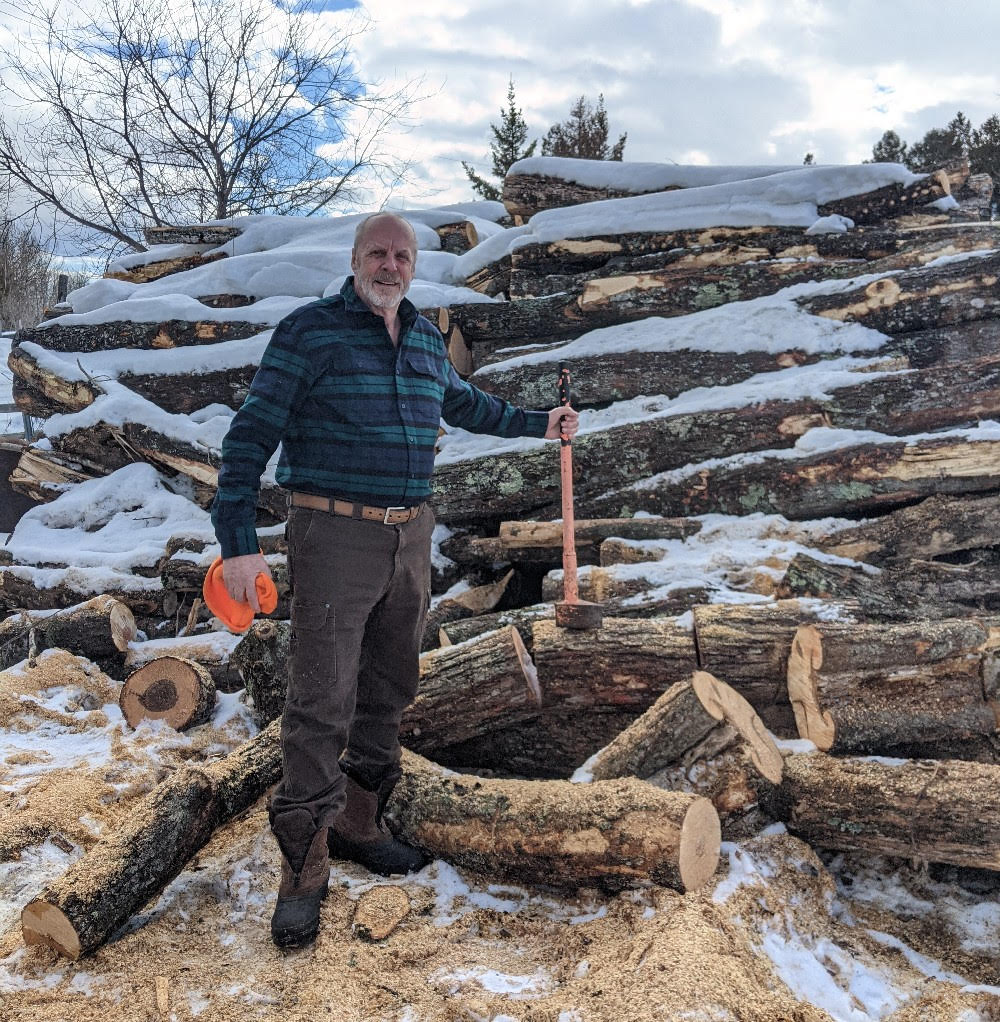LANSING, Mich. (Michigan Back Roads) – As recently as the 1950s, travelers on the back roads in Michigan could spot old burial mounds left by bands of Native Americans.
In Clinton County, there was a bread loaf shaped mound just east of the corner of Airport Road and Howe Road that was visible from the roadway. Likewise, those traveling on small rivers and streams were likely to encounter these ancient burial sites. That part of Clinton County where the Maple River and its tributary creeks flow contained a greater number of mounds than any other equal area in the state, except Newaygo County.
MORE NEWS: Pontiac Spends $10k On ‘Social Equity Advisor’ to Review Pot Business Social Equity Plans
Nearly all of these sacred spots have been lost due to agricultural activities or community development. There are a few burial mounds that have been preserved and a few have even survived by happenstance. A handful of those mounds can be found in the Rose Lake State Wildlife Nature Preserve. The main entrance to Rose Lake is on Stoll Road. The nature preserve encompasses more than 4,000 acres of diverse habitat, wildlife, lakes, streams, and miles of trails. In addition to the main entrance, there are numerous other access points on several local roads. The entrance to what we call the Indian Mound Trail is found on Clark Road, in the extreme northwest corner of the preserve.
The trail head is across the road from a small lake and is unmarked. The trail is unimproved, but it is an easy walk, with only gentle elevation changes. There are no interpretive signs here, so knowing what to look for will help. After following the trail for a bit over a quarter of a mile, there is a large fallen tree with the root stock facing the trail. This is the best trail marker to alert hikers that the mounds are nearby. As the trail begins to descend, there is a large mound off to the right. As with all of the ancient sites, this one is covered with trees. However, the regular shape reveals its true nature. If you climb to the top, you will find a broad depression in the ground, indicating that the burial chamber below has collapsed, and the fill dirt has settled.
If you turn and face back the way you came, you can see the effigy mound that most hikers never notice as they walk toward the hill mound. Effigy mounds are rare in Michigan. This one is fairly large at more than 70 feet long. The mound is in the shape of a salamander with a head, four legs, and a tail. The tail is pointing down the trail we came in on toward Chandler Swamp. This mound is difficult to make out if there is any undergrowth at all. The area is heavily wooded and is divided by Mud Creek and the Chandler Swamp. Unless one has learned what to look for, the mounds can be extremely difficult to distinguish in the dense undergrowth. Consequently, to even see the mounds, it is best to go in early spring or in the fall after a hard frost, when there is little ground cover.
From this spot the trail continues down a gentle slope to Chandler Marsh. Things get a little messier here, so be forewarned. It is called a marsh, but it acts like a swamp. If you follow the trail through the marsh you will arrive at Mud Creek, where there is usually a small log bridge. Cross the bridge and head at a tangent to the right. Up in the trees are more mounds, one of which is quite large, near the giant oak tree. The distance from the parking area to Mud Creek is less than one half mile.
